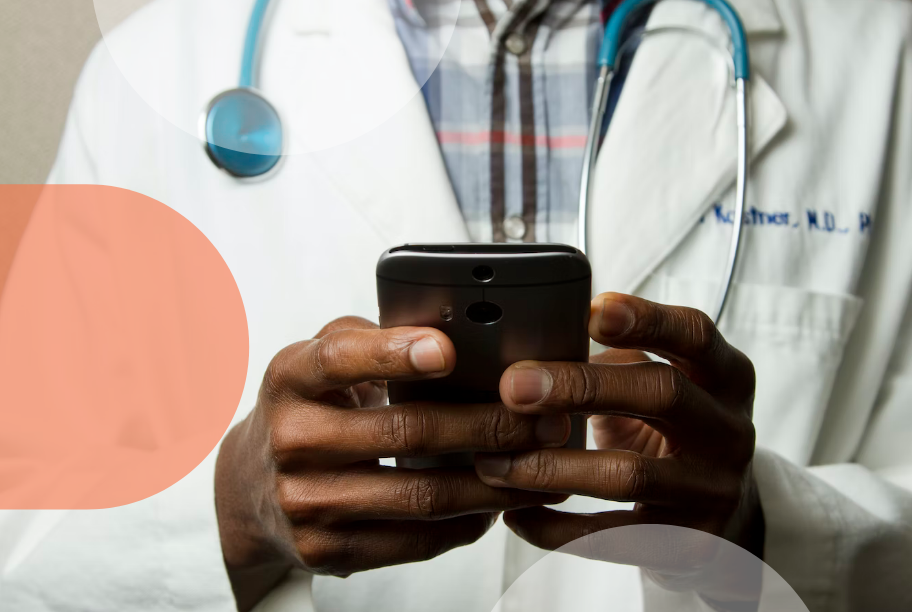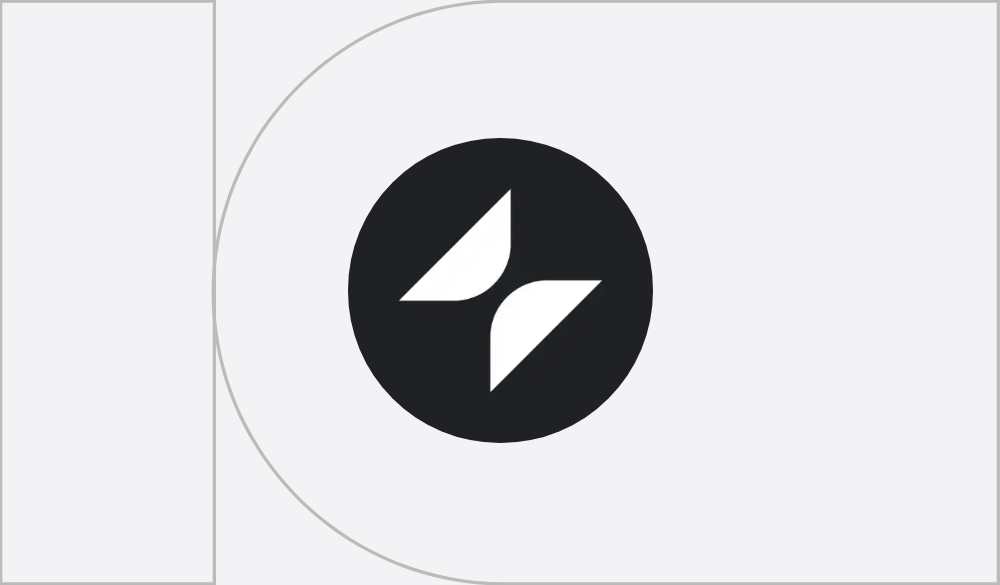Mobile apps have transformed our technicians' work: Here’s what we’ve learned
What happens when no-code takes root in an organisation, and one mobile app turns into several?
Table of Contents
In 2021, Cliff Swizter and Brian Banks, employees of Lone Star Communications, a provider of medical communication systems headquartered in Texas, formed a team to bring about some change to improve the business. Their idea was to create a mobile app, called Techstar, using the no-code platform Glide. It enabled the company’s technicians to instantly access all the technical and support documentation for the hardware and software that they were installing or servicing.
The app has transformed the business. So much so that executives have taken note, and no-code has since spread to other parts of the business. Here, Brian shares his learnings.
1. User interface is key
‘We’ve been amazed at how quickly we were able to build a prototype. But more than that, we’ve learned that the user interface is key if you want people to use it. You have to get the fundamentals down first and make sure everything works, but you must not forget to polish. The biggest fight we had was incorporating all the data we had into the app cleanly and making it look good. For instance, we had to clean up a lot of the photos otherwise the app would look like a bunch of clip art.
It’s not always easy to make the application look the way you want it, especially compared to a coding environment. Techstar is extremely intuitive because of the way we set up the menu screen, but it took a lot of work to get it like that. We had to find out ways from within Glide’s support community to work around the application's limitations; we had to get inventive. There are so many people within the Glide community right now that will help you on that same day.’
You have to get the fundamentals down first and make sure everything works, but you must not forget to polish.

2. Custom apps make your business look more professional
‘With our business in particular, it’s impossible for our employees to know everything. There’s simply too much to know and I think this is the same for many other companies. While nobody can change this, with an app like Techstar you can make sure that you have it all on hand. This means that when you’re in front of the customers, you’re able to say that you can get access to information easily and quickly. This makes the business look more professional and organised – and this can have many positive effects. That’s why other companies have asked us to design apps for them.’
3. It’s worked wonders for employee engagement
‘Something else that amazed us is how much more engaged employees are when they’re using a mobile app over traditional methods: online surveys, emails, etc. Before, when we sent out a company newsletter, maybe only 25% of employees would actually read it. But once we started putting it into Techstar we saw a sharp increase in the number of readers. Suddenly more than half of the company was reading the newsletter! More than that, we’ve seen benefits across many spectrums. Even cyber security. Every Christmas there were loads of new phishing tactics. By having a mobile app, employees are able to see what the most recent attempts are, making the company more secure. More robust. Our executives jumped all over that, and this has led us to do much more with the application and to create more mobile apps.’
With our business it’s impossible for our employees to know everything. With an app like Techstar you can make sure that you have it all on hand.

4. If the app is good, people will use it
‘Cliff and I were the first two people to see the number of interactions in the app and we knew it was going to be big, but still, lots of people were saying it wasn’t going to work. At one of our early meetings with executives, we presented the idea of having a development section in the app but they weren’t feeling that at all. So there was an initial reluctance to get involved. People were naturally sceptical.
But over time it took care of itself because the technicians talked between themselves. Admittedly, it did take some time to teach people to download the app and we actually sent out QR codes and email blasts. That was slow, but eventually through word of mouth it spread like wildfire. That’s because the technicians started to see the benefits of the app. So, yes, sometimes you have to be patient.’


Similar Tutorials
Want to read
more articles
like these?
Become a NoCode Member and get access to our community, discounts and - of course - our latest articles delivered straight to your inbox twice a month!











